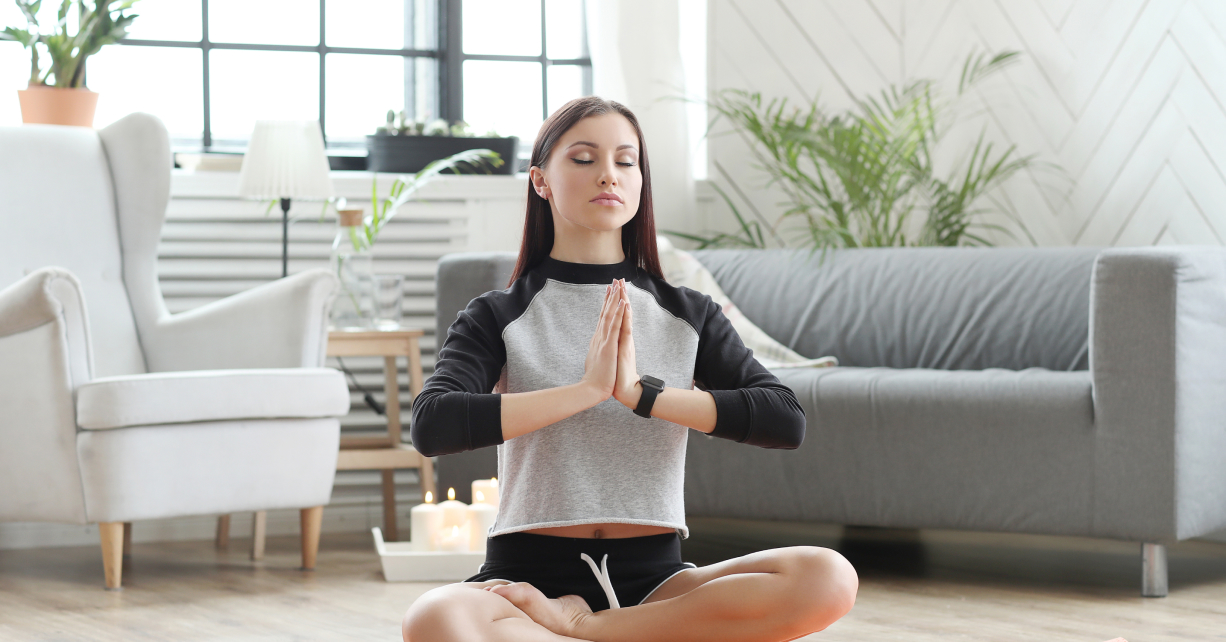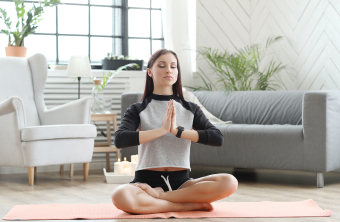

In today’s fast-paced world, stress and anxiety are common challenges that many people face. The constant demands of work, family, and social obligations can leave us feeling overwhelmed and disconnected from our inner selves. This is where mindfulness and meditation come into play. These practices offer powerful tools to help us find peace, balance, and clarity in our lives. This beginner’s guide will introduce you to the basics of mindfulness and meditation, their benefits, and practical steps to get started.
Mindfulness is the practice of being fully present and engaged in the current moment, without judgment. It involves paying attention to our thoughts, feelings, bodily sensations, and the surrounding environment. The goal is to cultivate a heightened awareness and acceptance of our present experience.

Meditation is a practice where an individual uses a technique—such as mindfulness, focusing the mind on a particular object, thought, or activity—to train attention and awareness, and achieve a mentally clear and emotionally calm and stable state. There are various types of meditation, each with its own unique focus and technique.
Embarking on a mindfulness and meditation journey doesn’t require any special equipment or prior experience. Here are some simple steps to help you get started:
Before you begin, take a moment to reflect on why you want to practice mindfulness and meditation. Setting a clear intention can help motivate and guide you in your practice. Whether it’s to reduce stress, improve focus, or enhance your overall well-being, having a purpose will make your practice more meaningful.
Choose a quiet, comfortable space where you won’t be disturbed. This could be a dedicated meditation corner in your home or simply a quiet room where you can sit or lie down comfortably. Make sure your chosen space is free from distractions.
If you’re new to mindfulness and meditation, start with short sessions of 5-10 minutes. As you become more comfortable with the practice, you can gradually increase the duration of your sessions.
One of the simplest and most effective ways to begin practicing mindfulness and meditation is by focusing on your breath. Follow these steps:
Consistency is key to reaping the benefits of mindfulness and meditation. Aim to practice daily, even if it’s just for a few minutes. Over time, you’ll find it easier to enter a state of mindfulness and enjoy the numerous benefits it offers.
As you become more comfortable with your practice, explore different types of meditation to find what resonates with you. You might try guided meditations, loving-kindness meditation, or body scan meditation to see which method you prefer.
Mindfulness isn’t limited to formal meditation sessions; it can be integrated into your daily activities. Here are some simple ways to incorporate mindfulness into your routine:
Mindfulness and meditation are powerful practices that can enhance your overall well-being, reduce stress, and improve your quality of life. By starting with simple techniques and incorporating mindfulness into your daily routine, you can cultivate a greater sense of peace and balance. Remember, the key is consistency and patience. As you continue to practice, you’ll develop a deeper connection with yourself and the present moment, leading to a more mindful and fulfilling life.